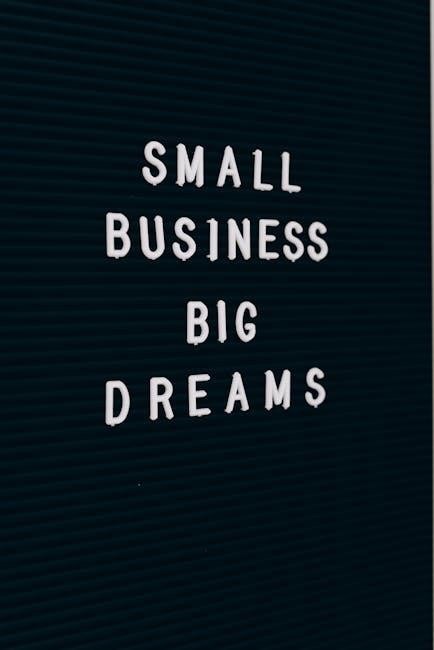Backgammon Rules PDF: A Comprehensive Guide
Backgammon, a game of strategy and chance, has captivated players for centuries. This comprehensive guide offers a Backgammon Rules PDF download, providing a concise resource. This ensures easy access to the game’s intricacies for beginners and seasoned players alike.
Backgammon, one of the oldest board games, combines strategy and luck, captivating players worldwide. Played between two individuals, the game involves moving pieces according to dice rolls, aiming to be the first to remove all checkers from the board. Its rich history and engaging gameplay make it a timeless classic. This introduction provides a foundation for understanding the game’s rules and objectives. The Backgammon Rules PDF offers a comprehensive guide, detailing setup, movement, and special plays. Whether you’re a beginner or seeking to refresh your knowledge, this resource provides an accessible entry point into the world of Backgammon.
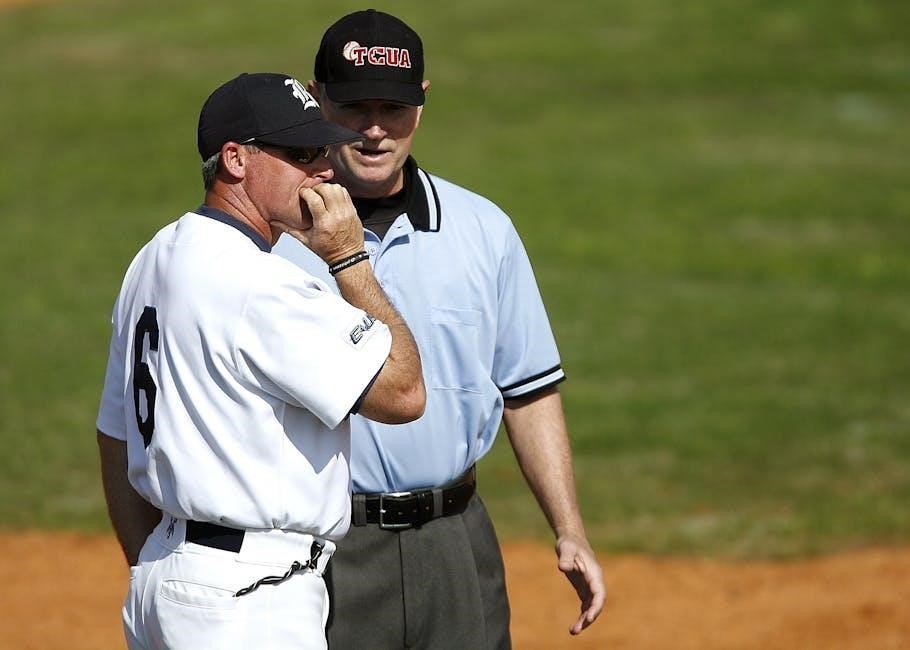
Backgammon Basics
Backgammon is played with two opponents on a board with 24 points. Players move checkers based on dice rolls. The goal is to bear off all checkers before the opponent.
Objective of the Game
The primary objective in Backgammon is elegantly simple: be the first player to move all fifteen of your checkers off the board. This process, known as “bearing off,” can only commence once all your checkers have been brought into your home board—the quadrant of six points closest to you. This necessitates a strategic race against your opponent, involving calculated movements, tactical blocking, and a degree of luck in the dice rolls.
Achieving this objective involves skillful navigation of the board, cleverly positioning checkers to hinder your opponent’s progress while simultaneously advancing your own. Effective gameplay requires anticipating your opponent’s moves, seizing opportunities to “hit” their checkers, and managing the risks inherent in leaving your own checkers vulnerable. Ultimately, the player who successfully bears off all their checkers first claims victory in this timeless game of skill and strategy.
Components of the Game
Backgammon requires a specific set of components to facilitate gameplay. The most prominent is the Backgammon board itself, featuring twenty-four elongated triangles known as points. These points are divided into four quadrants, each containing six points, and alternating in color. These quadrants define the players’ home and outer boards, dictating the strategic zones of the game.
Each player is equipped with fifteen checkers, typically differentiated by color (often black and white or red and white). These checkers are moved across the board according to the roll of two dice. A doubling cube, marked with the numerals 2, 4, 8, 16, 32, and 64, is also a key component. This cube allows players to increase the stakes of the game, adding another layer of strategic complexity. Together, these components create the framework for an engaging and challenging Backgammon experience.
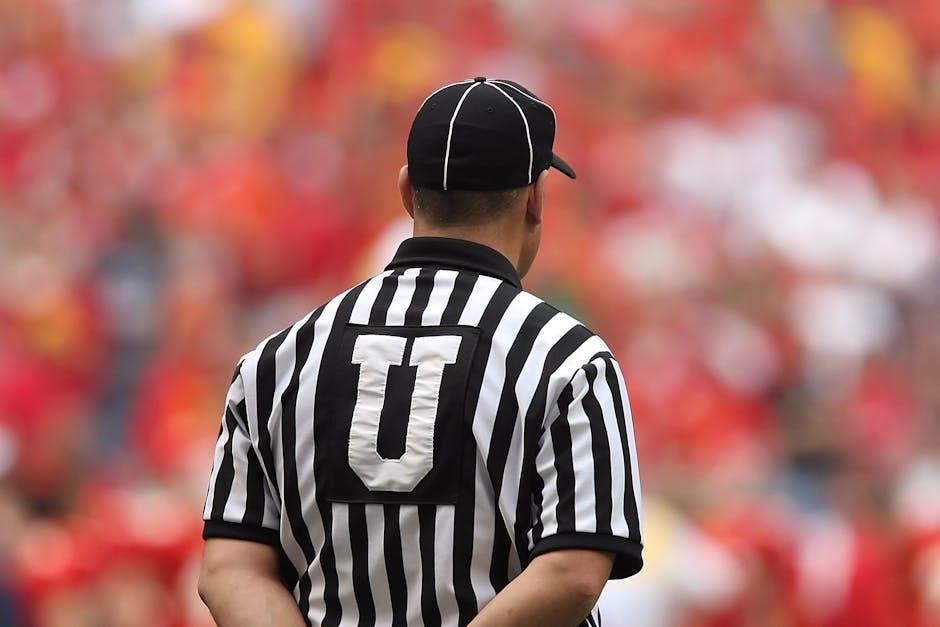
Setting Up the Backgammon Board
Setting up the Backgammon board involves strategic checker placement. This initial configuration is crucial, defining each player’s starting position and influencing subsequent gameplay. Understanding the board’s layout is essential for successful play;
Initial Checker Placement
The initial checker placement in Backgammon is a critical aspect of the game’s setup. Each player starts with fifteen checkers, positioned on specific points on the board. This arrangement forms the foundation for all strategic maneuvers and tactical decisions throughout the game.
Specifically, two checkers are placed on the opponent’s one-point, five checkers on the opponent’s twelve-point, three checkers on the player’s eight-point, and five checkers on the player’s six-point. This seemingly simple arrangement creates a complex web of possibilities, influencing the flow of the game and the potential for both offensive and defensive plays. The balance and distribution of checkers are paramount, setting the stage for the strategic battle to come.
Mastering the initial checker placement is the first step towards understanding the nuances of Backgammon strategy. Players must carefully consider the implications of each checker’s position, laying the groundwork for future success.
Understanding the Board’s Quadrants
The Backgammon board is divided into four distinct quadrants, each playing a unique role in the game’s strategic landscape. These quadrants are the player’s home board, the player’s outer board, the opponent’s home board, and the opponent’s outer board. Understanding these areas is crucial for developing a solid game plan.
The home boards are the final destination for checkers before bearing off, making them vital for securing a win. The outer boards serve as transitional zones where players maneuver their pieces to gain positional advantages. The opponent’s home board is a strategic target for blocking and disrupting their progress.
Navigating these quadrants effectively involves tactical decisions, carefully planning movements to maximize control and minimize risk. Each quadrant presents unique challenges and opportunities, requiring players to adapt their strategies based on the board’s current state. By mastering the intricacies of these quadrants, players can enhance their understanding of the game and improve their chances of success in Backgammon.

Gameplay Mechanics
Backgammon’s gameplay revolves around strategic movement, dice rolls, and tactical decisions. Understanding these core mechanics—like moving checkers, hitting blots, and bearing off—is essential for mastering the game and improving your overall strategy.
Rolling the Dice
In Backgammon, the roll of the dice dictates a player’s possible moves. At the start of each turn, a player rolls two dice, and each die presents a number that represents the number of points a checker can be moved. The player strategically decides how to utilize these numbers, often splitting the move between two checkers or moving a single checker twice, provided it’s allowed.
The dice must be rolled fairly and land flat on the right-hand side of the playing area. If a die lands off the board or is not clearly readable, the roll is invalid and must be re-rolled.
It’s vital to understand that each number rolled must be used if possible, adding a layer of complexity to each turn. This aspect of the game blends luck and strategic thinking.
Moving Checkers
Moving checkers is the core mechanic of Backgammon, guided by the roll of the dice. A player moves their checkers forward, aiming to navigate them around the board and ultimately bear them off. Each number on the dice represents the number of points a checker can be moved.
A checker can only be moved to an open point, meaning a point that is either unoccupied or occupied by one or more of the player’s own checkers. A point occupied by two or more of the opponent’s checkers is blocked, and a checker cannot land there.
Players can choose to move one checker the sum of both dice or split the move between two checkers. Strategic checker placement is crucial for both offense and defense in Backgammon.
Hitting and Blotting
Hitting and blotting are crucial tactical elements in Backgammon; A “blot” refers to a single checker occupying a point. If an opponent lands on a blot, the checker is “hit” and removed from the board, placed on the bar.
A checker on the bar must re-enter the game by moving to the opponent’s home board. Re-entry requires a roll that corresponds to an open point in the opponent’s home board. While a player has checkers on the bar, they cannot move any other checkers until all checkers have re-entered.
Hitting blots can disrupt the opponent’s strategy and slow their progress. However, it also exposes the hitting player to counter-attacks, adding a layer of risk and reward to each move. Mastering the art of hitting and blotting is essential for success in Backgammon.
Bearing Off Checkers
Bearing off is the final stage of Backgammon, where players remove their checkers from the board. Before bearing off, all fifteen checkers must be brought into the player’s home board. Once all checkers are within the home board, a player can begin bearing off.
To bear off a checker, a player must roll a number that corresponds to a point with a checker on it. If there are no checkers on the point matching the rolled number, the player must make a legal move using a checker on a higher-numbered point. If there are no checkers on higher-numbered points, the player can bear off a checker from the highest occupied point.
The first player to bear off all fifteen checkers wins the game. Strategic positioning and careful planning are critical for a successful bearing off phase.
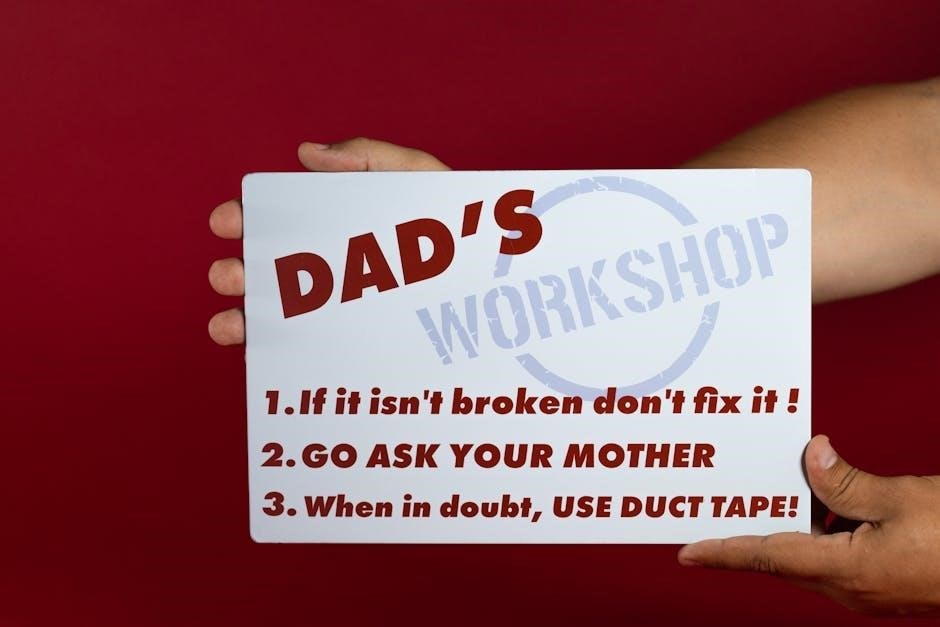
Special Rules and Variations
Backgammon includes special rules that add depth to gameplay. These include rolling doubles, the doubling cube, and different win types like gammon and backgammon. These variations influence strategy and increase game complexity.
Rolling Doubles
In Backgammon, rolling doubles introduces a unique dynamic to the game. When a player rolls doubles, they get to move each die twice. For instance, a roll of 4 and 4 means the player makes four moves of four spaces each. This rule significantly impacts strategy, allowing for potentially large shifts of checkers across the board.
Doubles can be strategically advantageous, enabling players to fortify positions by covering points or launching aggressive attacks against their opponent’s checkers. Successfully utilizing doubles often requires careful planning to maximize the benefits. However, it is essential to consider potential risks. A player must play all the numbers shown on both dice when they roll doubles.
Rolling doubles is a game-changing event that can quickly turn the tide of a Backgammon match. It is a key element to master for those seeking to enhance their gameplay.
The Doubling Cube
The doubling cube is a crucial element of Backgammon, adding a layer of strategic depth to the game. It’s a die marked with the numbers 2, 4, 8, 16, 32, and 64, used to raise the stakes during a game. At the start, the cube is placed in the center, indicating a value of 1.
A player who believes they have a significant advantage can propose a “double,” offering to double the current stake of the game. The opponent then has the option to either accept the double, continuing the game for twice the original stake, or reject the double, forfeiting the game and losing the current stake.
If the double is accepted, the doubling cube is moved to the side of the player who accepted it, indicating that they now own the cube and have the exclusive right to propose the next double. Strategic use of the doubling cube is essential for skilled Backgammon play.
Gammon and Backgammon Wins
In Backgammon, there are two levels of victory beyond a standard win: the gammon and the backgammon. These wins result in a higher score for the victor, increasing the stakes and adding excitement to the game. Understanding the conditions for each type of win is crucial for strategic play.
A gammon occurs when a player bears off all their checkers before their opponent bears off any, and the opponent still has checkers on the board. In this case, the winning player receives double the value of the doubling cube. A backgammon is an even more decisive victory.

A backgammon happens when a player bears off all their checkers before their opponent bears off any, and the opponent has one or more checkers in the winner’s home board or on the bar. This results in triple the value of the doubling cube for the winning player, making it the most lucrative outcome in Backgammon.
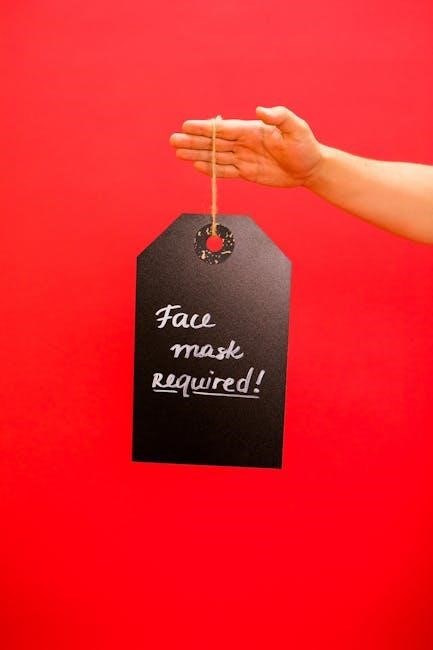
Rules and Fair Play
Backgammon demands adherence to established rules for equitable gameplay. Maintaining integrity through conformity ensures a fair and enjoyable experience. Director’s discretion guides unforeseen situations, prioritizing fair play above strict rule interpretation.
Conformity to Rules
In backgammon, the foundation of a fair and engaging contest lies in strict adherence to the established rules. These guidelines ensure that both players operate under the same set of conditions, promoting a level playing field where skill and strategy are the primary determinants of success. Players are expected to familiarize themselves with the complete set of rules before commencing play, fostering an environment of mutual respect and understanding.
Deviation from these rules, whether intentional or unintentional, can compromise the integrity of the game and undermine the experience for both participants. Therefore, players must observe all regulations, ensuring a transparent and honest competition.
Moreover, players should avoid unilaterally altering or disregarding any rule, as this can lead to confusion, disputes, and a breakdown in the spirit of fair play. By committing to conformity, players uphold the values of backgammon.
Director’s Discretion
While the rules of backgammon provide a structured framework for gameplay, unforeseen circumstances may arise that require a degree of interpretation or intervention. In such instances, the Director’s judgment becomes essential to ensure fairness and maintain the integrity of the game. The Director possesses the authority to make rulings on situations not explicitly covered by the rules.
This discretionary power is not absolute but is exercised with careful consideration, prioritizing the principles of fair play and equity. The Director may improvise or override rules when strict compliance would violate these principles, ensuring that the outcome of the game is determined by skill and strategy, rather than technicalities or unforeseen events.
The Director’s decisions are final and binding, serving as a crucial mechanism for resolving disputes and upholding the spirit of backgammon. This promotes a positive and enjoyable experience for all participants.
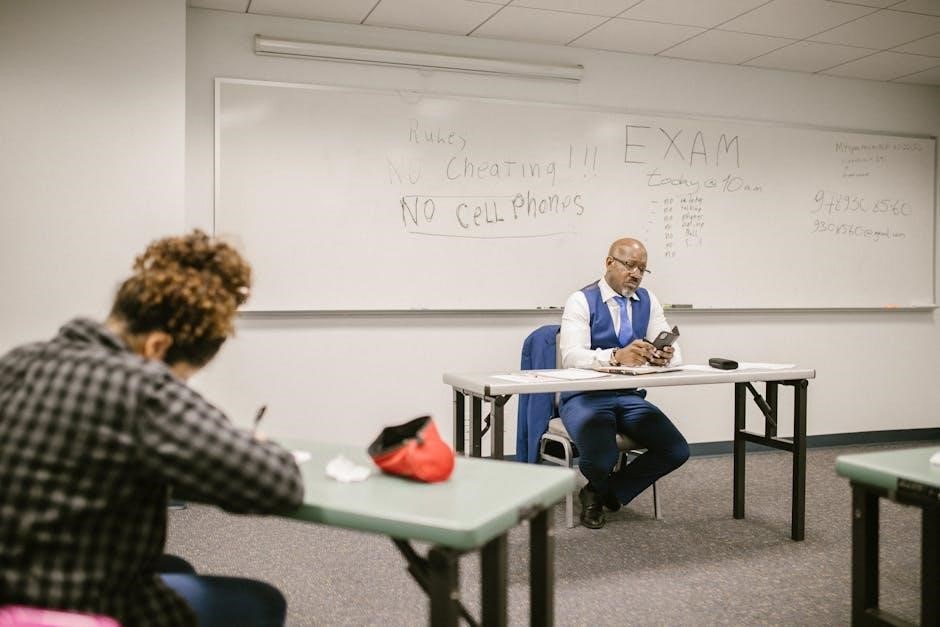
Backgammon Strategy and Tips
Mastering backgammon involves more than just understanding the rules; it requires developing a strategic mindset and employing effective tactics. A fundamental strategy is to maintain a balanced board, avoiding leaving blots (single checkers) exposed to potential hits. Building strong points, particularly in your home board, is crucial for controlling the flow of the game and hindering your opponent’s progress.
Effective checker movement is essential, aiming to advance your checkers efficiently while simultaneously blocking your opponent. The doubling cube adds another layer of complexity, requiring careful assessment of your position and the potential risks and rewards of doubling. Knowing when to double, accept, or reject is a key skill that can significantly impact the outcome of the game.

Adapting your strategy based on your opponent’s moves and the dice rolls is also crucial. Remaining flexible and anticipating potential threats will greatly enhance your chances of success in the game of backgammon.

Backgammon PDF Resources
Looking to enhance your knowledge of backgammon? Explore our curated collection of PDF resources. These downloads offer comprehensive guides, rules, and strategies to elevate your game. Access them and become a backgammon expert!
Free Backgammon Rules PDF Downloads
Unlock the secrets of backgammon with our selection of free PDF downloads. These resources provide a concise and accessible way to learn or refresh your knowledge of the game’s rules. Whether you’re a beginner or an experienced player, these PDFs offer a convenient reference for gameplay, setup, and special rules.
Download the backgammon rules in PDF format to have them readily available. These documents are designed for easy understanding, covering everything from basic movement to advanced strategies. Perfect for quick reference or in-depth study, our free PDF downloads are an invaluable tool for any backgammon enthusiast. Enhance your game today!
These PDFs are formatted for easy printing and viewing, ensuring that you can access the rules anytime, anywhere.
Comprehensive Backgammon Guides in PDF Format
Elevate your backgammon skills with our comprehensive guides available in PDF format. These guides go beyond the basic rules, offering in-depth strategies, tips, and variations to enhance your gameplay. Whether you’re aiming to master the doubling cube or understand advanced checker placement, our resources provide the knowledge you need.
Download our PDF guides for a complete understanding of backgammon. These guides cover everything from the initial setup to advanced tactics, ensuring you’re well-equipped to compete at any level. With detailed explanations and clear diagrams, learning backgammon has never been easier. Perfect for both beginners and experienced players looking to refine their skills.
Explore the intricacies of backgammon with our PDF guides, designed to help you become a formidable opponent.
Whether you’re a novice or an experienced player, the key to success lies in continuous learning and practice; Utilize the available PDF downloads to reinforce your understanding and explore new strategies. Remember, backgammon is a game of both skill and chance, requiring adaptability and foresight. Embrace the challenge and enjoy the journey.
With dedication and the right resources, you can become a formidable backgammon player. Good luck, and may the dice be ever in your favor!







